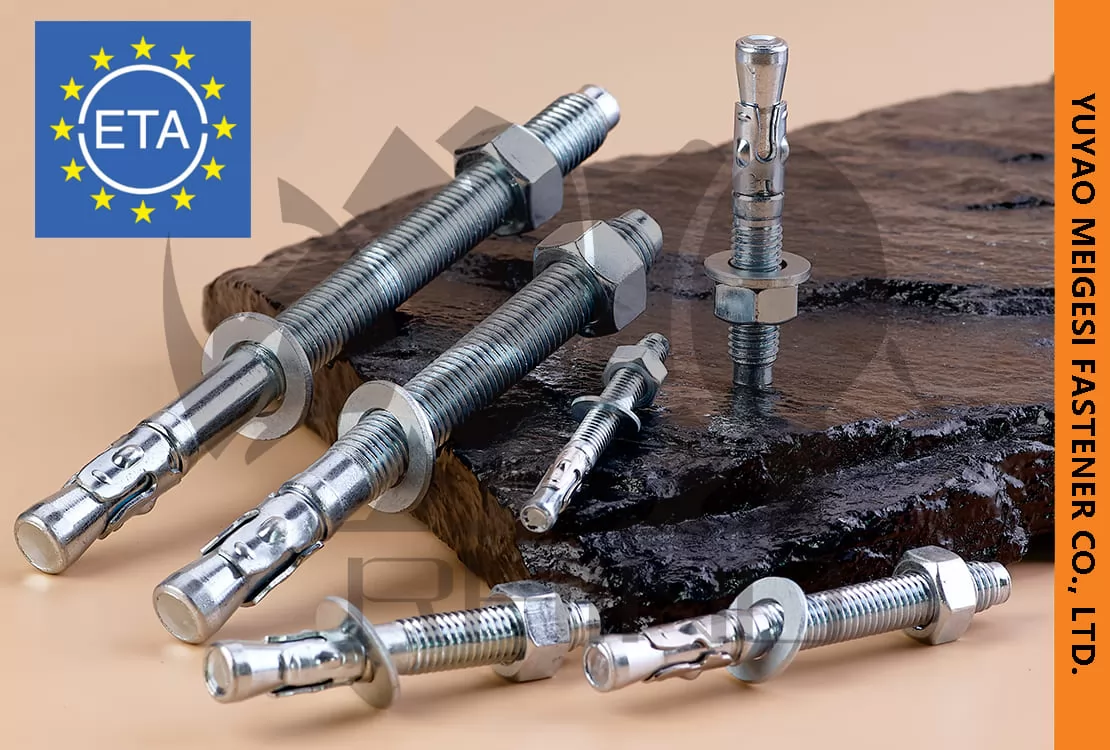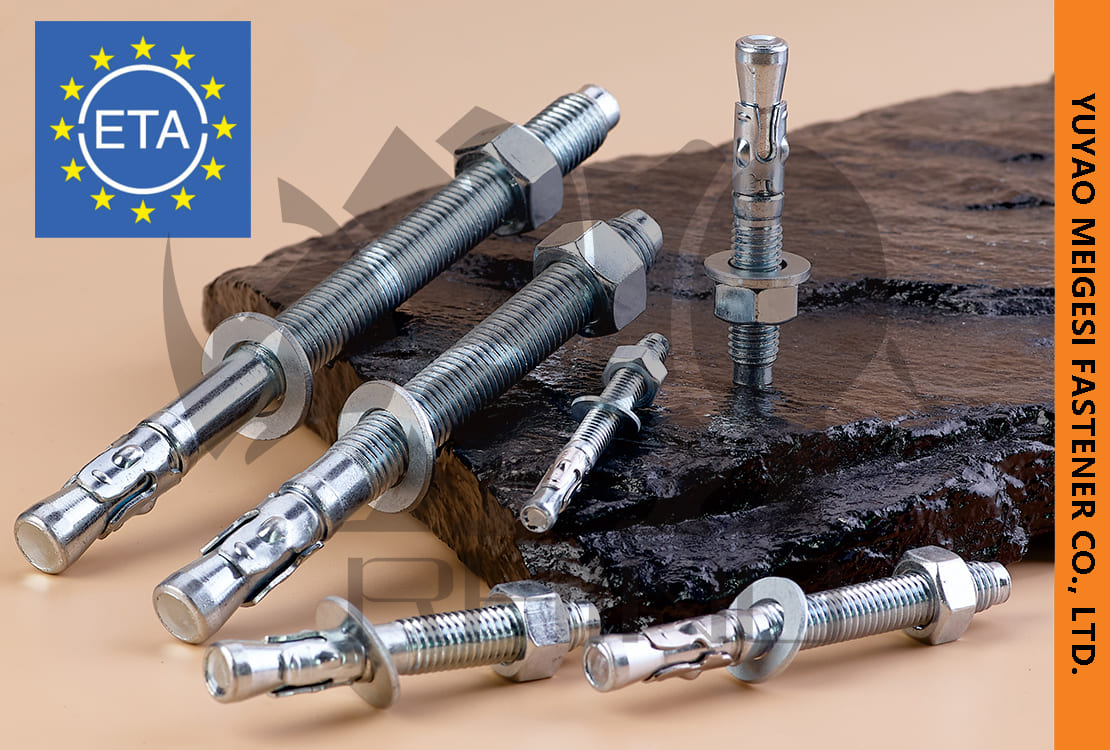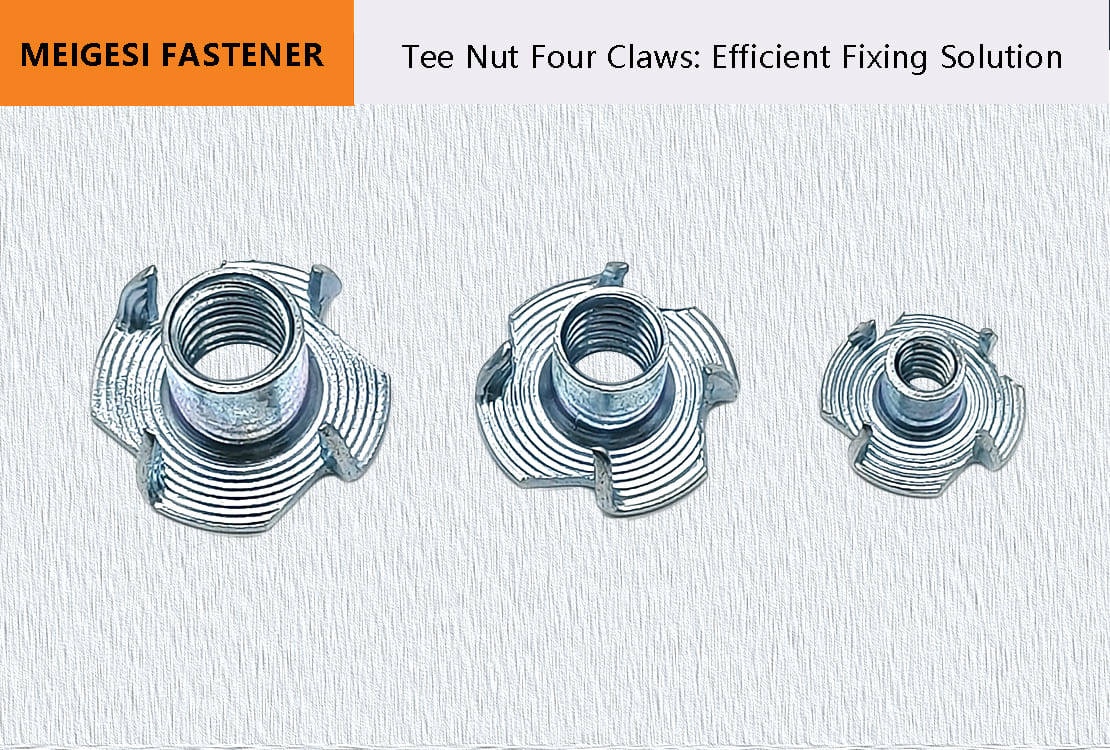
In a routine factory wedge anchor tensile test, we measure the anchor's performance under specific conditions. The calibrated tensile force values are obtained with concrete strength ranging from 260 to 300 kgs/cm². For safety, the maximum safe load must not exceed 25% of the calibrated value. This ensures reliable and secure installations. Below, we dive into what a wedge anchor is, its uses, advantages, and how tensile tests are conducted.

A wedge anchor is a specialized metal bolt, typically made of steel, designed to fasten objects securely to concrete, masonry, or other solid materials. Its unique feature is a wedge-shaped end that expands when tightened, creating a powerful grip within the material. This makes it ideal for applications requiring exceptional stability.
Wedge anchors excel in heavy-duty applications. They are commonly used for:
Installing heavy-duty shelves and storage systems
Securing guardrails and safety barriers
Fixing machine bases to concrete floors
Attaching door frames or steel structures
Essentially, any scenario demanding a robust, stable connection to concrete is perfect for wedge anchors.
Proper installation is critical for maximizing a wedge anchor's strength. Follow these steps:
Drill the Hole: Use a drill to create a hole in the concrete slightly larger than the anchor’s diameter.
Clean the Hole: Remove dust and debris from the hole, as these can weaken the anchor’s grip.
Insert the Anchor: Place the anchor into the hole until the washer sits flush with the surface.
Tighten the Nut: Use a wrench to tighten the nut, causing the wedge to expand and lock securely.
The tensile test evaluates a wedge anchor’s ability to withstand pulling forces, ensuring it meets safety and performance standards. Conducted in a factory setting, the test measures the anchor’s strength in concrete with a strength of 260–300 kgs/cm². The maximum safe load is capped at 25% of the calibrated tensile value to prevent failure under real-world conditions.
Tensile testing ensures wedge anchors can handle the demands of heavy-duty applications without compromising safety. By adhering to strict standards, manufacturers provide reliable products that professionals can trust for critical installations.












